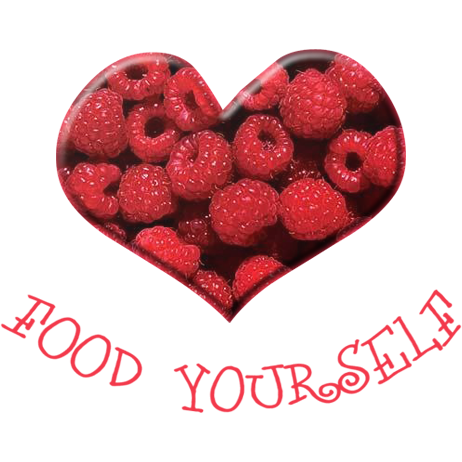Cut the Cheese
Did you know “ to cut the cheese” means to fart?
Apparently this old expression originated when someone noticed that the smell of fresh cut cheese resembled a fart…I’m not sure what kind of cheese they were cutting, but you get the point. As I’m sure you’ve noticed, cheese has been receiving a lot of media attention recently, so I thought I’d take this opportunity to let you in on some of cheese’s secrets.
Stolen Cheese?!
According to the U.K’s Centre for Retail Research, over 3% of our planet’s cheese is stolen every year! Two Michigan men were caught stealing $1,000 worth of provolone, and another group from Oregon attempted to roll three large cheese wheels worth approximately $600 out of the supermarket – Wow!
“Whey” is Cheese so Expensive?!
Subway restaurants have even increased their prices to reflect the increased price of cheese…so why is cheese so expensive?
Well to start off, it takes 10 kg of milk to make 1 kg of cheese. A major byproduct is whey, which contains whey proteins, water-soluble vitamins, minerals and water. Whey disposal is a major problem for the dairy industry because of their high water and solid content. Don’t be surprised to see more whey products on the market soon—a good thing for sustainability.
Calf Stomach used for Making Cheese?!
Another interesting fact is that the enzyme used to coagulate cheese was originally from the 4th stomach of a calf—TMI? However, due to recent innovations in biotechnology, food scientists are implanting the enzyme’s genes into microorganisms, which is good for vegetarians (and us). Go check out the cheese in your fridge right now! If the ingredient says ‘rennet,’ ‘chymosin,’ or ‘rennin’ then the enzyme is from a calf. But if it says ‘microbial enzyme’, ‘microbial rennet’ or ‘rennin-like substitute’, then it’s from a microorganism.
Final Cheesebit
Last but not least, just a reminder to not over indulge in cheese! I know it tastes really good, but 1 oz. of cheese (which is a serving size) contains 9 grams of fat and 6 grams of saturated fat. Unfortunately, 1 oz. of cheese is not a lot—it’s approximately the size of four game dice.
Bad day for cheese lovers.
If you enjoyed this post please click like, share it with family & friends or sign up to our newsletter to receive news and updates from Food Yourself.
Image courtesy of NastyaSensei



